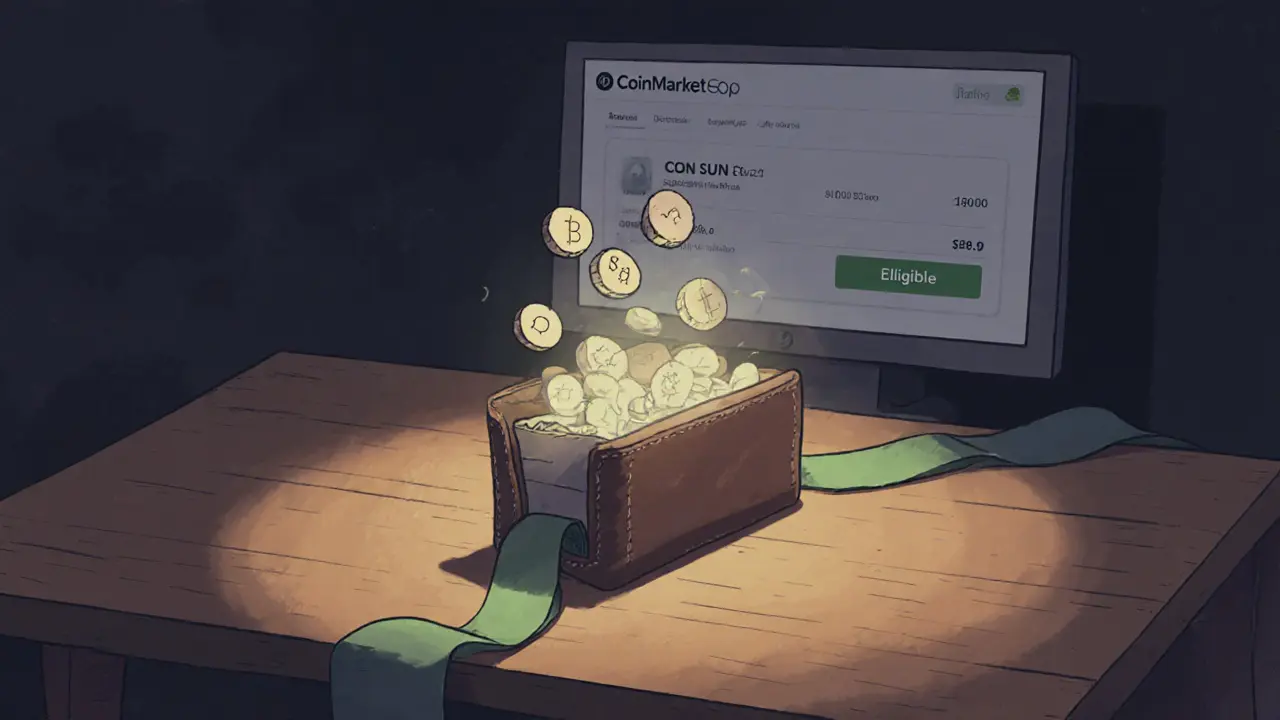SUNI Token: What It Is, Why It Matters, and What to Watch For
When you hear about SUNI token, a low-visibility cryptocurrency often tied to small DeFi projects or experimental blockchains. It's not a household name like Bitcoin or Ethereum, but it shows up in obscure wallets, niche exchanges, and shady airdrop lists. Also known as SUNI coin, it’s one of thousands of tokens that pop up with big promises and little proof. Most of these tokens never gain traction—many vanish within months. So why does SUNI keep showing up in search results? Because someone’s always trying to sell it.
What makes SUNI different from other forgotten tokens? Nothing, really. It doesn’t have a well-known team, no major exchange listings, and no audits you can verify. It’s not part of any big ecosystem like Ethereum or Solana. Instead, it floats in the shadows of smaller chains—maybe BSC, maybe a testnet, maybe a private chain no one uses. That’s not a red flag by itself, but when combined with zero trading volume, no social media presence, and no documentation, it becomes a warning sign. Real tokens solve problems. SUNI doesn’t appear to solve anything. It’s not a payment tool, not a governance token, not a staking asset. It’s just a string of characters on a blockchain with no clear purpose.
Look at the posts below. You’ll see a pattern: projects like NiHao (NIHAO), a meme coin with no team and a modifiable contract, Sphynx Labs (SPHYNX), a DeFi token that dropped 90% in value, and Kalata Protocol (KALA), a yield farm with no audits and shrinking liquidity—they all share the same DNA as SUNI. No transparency. No traction. No future. These aren’t mistakes. They’re warnings. The crypto space is full of tokens that look like opportunities but are really just traps for the untrained. SUNI fits right in.
That doesn’t mean you should ignore it entirely. Sometimes, a token with no history becomes something big—if the team shows up, if the code gets audited, if real users start using it. But that’s rare. Most of the time, the people pushing SUNI are trying to pump it before they dump. The smart move isn’t to chase it. It’s to understand why it exists in the first place. What’s the real story behind the name? Who’s behind it? And most importantly—what happens when the hype fades?
The posts below dig into exactly this. You’ll find real reviews of risky tokens, breakdowns of how scams hide in plain sight, and hard truths about what makes a token worth holding. No fluff. No promises. Just facts from people who’ve seen this movie before—and know how it ends.
SUNI Campaign Airdrop: What You Need to Know Before Claiming SUNI Tokens
The SUNI airdrop offers 4,118 free tokens via CoinMarketCap, but the token has no market value, no utility, and no public project details. Learn what’s real, what’s risky, and whether you should claim it.
